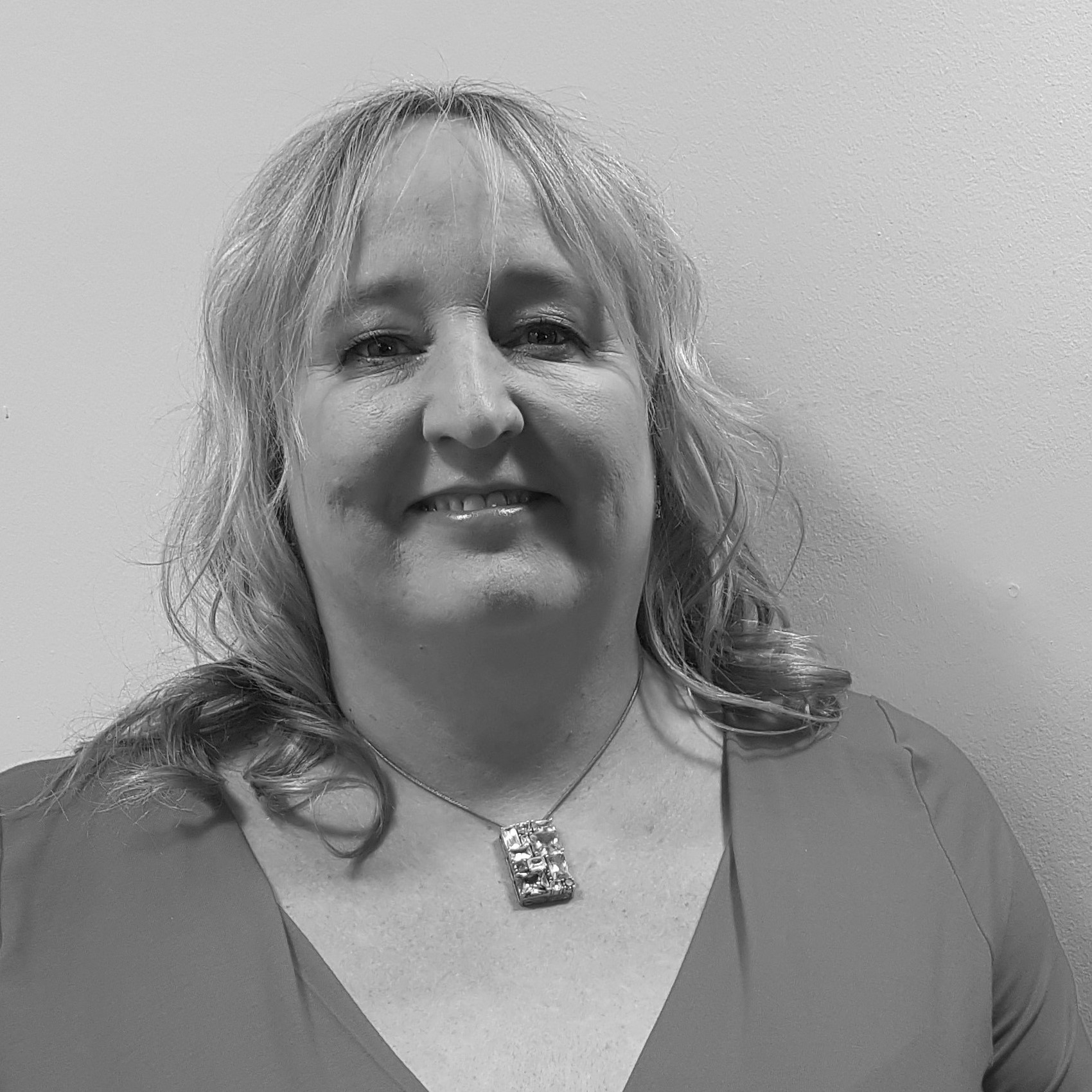‘There is no sale without the story; no knockout without the setup.’ - Gary Vaynerchuk, serial entrepreneur and best-selling author
Small business owners understand sales. It’s tangible and concrete. Prospect, engage, and close to bring in business: the sales cycle is the beating heart of any company.
Marketing, on the other hand, tends to be more abstract. Some business owners see it as a list of tactics - take a few events, add a pinch of advertising, post some tweets and perhaps update the website every few years.
However, for ambitious, forward-thinking leaders, joined-up marketing is a tool for sales growth. It’s the story behind the sale. It’s the setup that helps the sales team deliver the knockout. Marketing helps businesses:
- Stand out from the crowd
- Understand customers
- Build trust and establish expertise
- Differentiate themselves from their competition
- Bring in well-qualified leads
- Defend margins
- Close deals faster
In short, marketing is a strategic partner to sales. They work in tandem but each with a distinct process and vision. So, let’s take a closer look at the difference between sales and marketing and how together they power growth.
Marketing brings leads (and insight) into the business
Marketing is the only function of the business that brings an external perspective back into the company. Every other function is looking from the inside out. Marketing seeks to understand customers and communicate with them in their language about their issues. Fundamentally, sales wants to talk about your products and services in your language.
When given the resource and space to act strategically, marketing can:
- Understand the current issues and trends within the marketplace from a customer’s perspective via market research and other analysis.
- Use market insights to inform product and service development, pricing and channel choice.
- Establish a strong brand voice by creating clear and distinct messaging that resonates with your ideal customers and then apply it consistently across all communications channels.
- Identify potential purchasers and develop the relationship with them until they are ready to pass to the sales team. We call this a marketing-qualified lead (MQL). Better qualification means that the sales team has more chance of closing the deal and spends less time chasing cold leads.
Marketing builds relationships for sales to convert
Where sales is transactional, marketing builds relationships. Practically, the sales team focuses on closing revenue targets, short-term quotas and sales volume goals. Their focus is internal. They pitch the company out to the customer and (hopefully) convert.
All this works much better when that pitch is tailored to a known and validated need. And when they can deliver it to a lead that’s already engaged with who you are and what you do. This is why sales and marketing work most effectively when you respect their difference and align their activities.
How to get sales and marketing working together
87 percent of sales and marketing leaders say collaboration between sales and marketing enables critical business growth. - LinkedIn research
We’ve written before about practical tactics to get sales and marketing to work more effectively together. To improve their relationship. And to agree on the definition of a ‘good’ lead. All of this is predicated, however, on the business having a distinct and empowered marketing capability in the first place.
In a small business this is a challenge. There’s a skills shortage and agencies or junior marketers rarely have the expertise to build the strategy that holds it all together.
The Marketing Centre gives you access to top strategic marketing talent. Our directors become part of your team on a flexible basis that helps you manage cost and scalability.
Get in touch to strengthen your sales team by giving marketing the freedom to be the strategic driver of growth that it should be.




